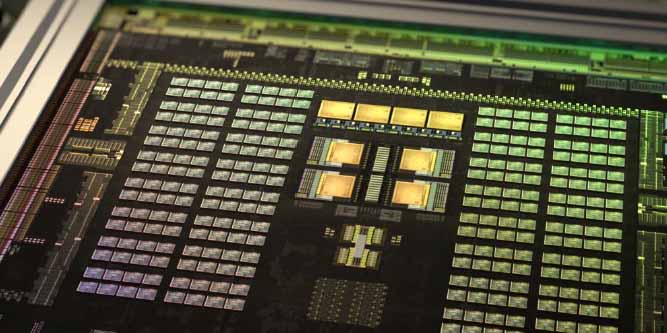

Thus, with a GPU having higher CUDA cores count, you can enjoy your games in certainly a better visual quality. It has been seen for quite a long time now that GPUs which have a higher CUDA core count, generally perform better in processing game-centric things like shadows, lighting, textures, 3D objects, and similar other graphical factors. Since the GPU is responsible for all the graphical processing, the more CUDA cores your GPU has, the easier it becomes for the GPU to handle the processing work and improve your overall gaming experience. When a GPU commits to taking up the load, its capacity to handle the workload depends on the number of CUDA cores it has. So, unlike a CPU that focuses on distributing the load, GPU does the opposite by taking the initiative to handle as much load as it can. Let’s say when you are gaming, it is the heaviest task that runs on the PC.
#WHAT ARE CUDA CORES NVIDIA PC#
While the entire PC runs on the power of 2 to 16 cores of CPU, CUDA cores of a GPU are usually in hundreds and thousands to deliver the same level of performance. Because when you compare a CUDA core with a CPU core, the size of the CUDA core is quite small. However, the difference between the two is that the CUDA cores are not as powerful as CPU cores.

From this, you can understand that CUDA cores are pretty much similar to the cores of the CPUs as both things work pretty much the same by distributing the load and working hand in hand. But Nvidia uses almost identical silicon for its flagship Quadro and GeForce cards, so you could estimate the sequel to the RTX 2080 Ti to have about 7,000 cores – whatever those cores are made of.For efficient and effective parallel computing and performance, Nvidia has essentially designed the Compute Unified Device Architecture, which is abbreviated as CUDA. Their respective memory capacities of 48 GB, 32 GB, and 24 GB exclude them from being gaming cards. By the time the silicon graduates from engineering sample status they’ll probably reach full-blooded clocks of well over 1.5 GHz, and their performance will improve accordingly.Īt a guess, I’d say that this trio are prototypes of next generation Quadro flagships. The largest pair have maximum clocks of 1.1 GHz, as recorded by Geekbench. It’s also a pretty safe bet that this set are underperforming members of their species. For comparison, the RTX 2080 Ti gets roughly 130,000. Two entries exist for the middle card with scores of 184,096 and 169,368, and the little one (isn’t that an oxymoron) gets 141,654. The largest card achieves 222,377 points. These GPUs are, without a doubt, next-gen hardware that offer unprecedented levels of performance.Ĭontained within the Geekbench entries are the GPUs’ OpenCL benchmark scores. What Geekbench registers as a compute unit may be a device we’re unfamiliar with, and contain CUDA cores that perform better or worse than what we’re used to. The bottom line is, until Nvidia tells us how they’re configuring their next-gen architecture, nothing is guaranteed. Nvidia could boost the per-core performance again with the next generation, or, as rumors suggest, go the other way and increase the ratio of FP32 ALUs to INT32 ALUs in an attempt to increase efficiency. You can read more about this in our Navi vs. However, while Pascal uses FP32 ALUs as the backbone of a CUDA core, Turing pairs an FP32 ALU with an INT32 ALU in every CUDA core, increasing the performance of each core by about one-third.

When transitioning from Pascal to Turing, Nvidia halved the number of CUDA cores from 128 to 64 per Streaming Multiprocessor (colloquially, the compute unit). The largest, with 7,936 cores, was uncovered only recently. Update: An earlier version of this article published on February 29 detailed only two of the three GPUs.


 0 kommentar(er)
0 kommentar(er)
